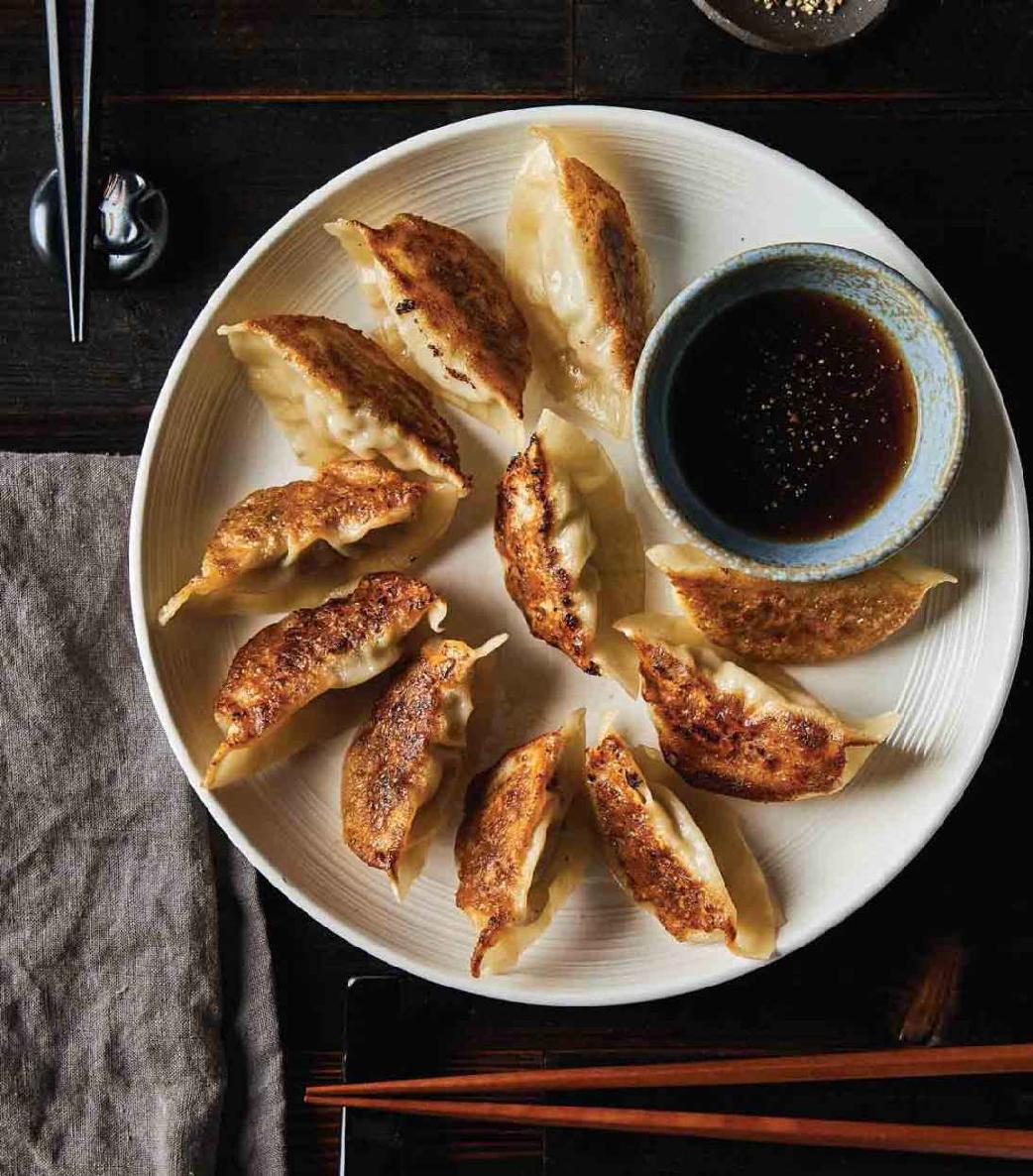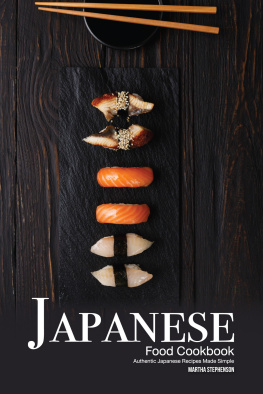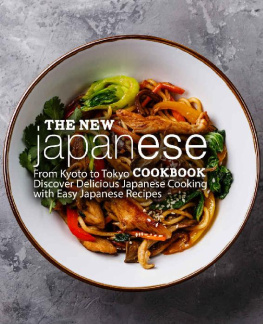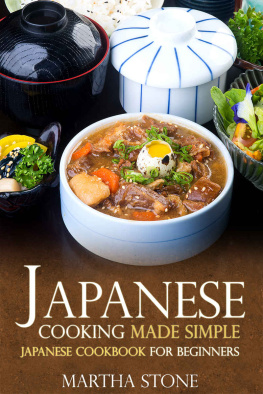

Copyright 2020 by Rockridge Press, Emeryville, California No part of this publication may be reproduced, stored in a retrieval system, or transmitted in any form or by any means, electronic, mechanical, photocopying, recording, scanning, or otherwise, except as permitted under Sections 107 or 108 of the 1976 United States Copyright Act, without the prior written permission of the Publisher. Requests to the Publisher for permission should be addressed to the Permissions Department, Rockridge Press, 6005 Shellmound Street, Suite 175, Emeryville, CA 94608.
Limit of Liability/Disclaimer of Warranty: The Publisher and the author make no representations or warranties with respect to the accuracy or completeness of the contents of this work and specifically disclaim all warranties, including without limitation warranties of fitness for a particular purpose. No warranty may be created or extended by sales or promotional materials. The advice and strategies contained herein may not be suitable for every situation. This work is sold with the understanding that the Publisher is not engaged in rendering medical, legal, or other professional advice or services. If professional assistance is required, the services of a competent professional person should be sought. Neither the Publisher nor the author shall be liable for damages arising herefrom. The fact that an individual, organization, or website is referred to in this work as a citation and/or potential source of further information does not mean that the author or the Publisher endorses the information the individual, organization, or website may provide or recommendations they/it may make. Further, readers should be aware that websites listed in this work may have changed or disappeared between when this work was written and when it is read.
For general information on our other products and services or to obtain technical support, please contact our Customer Care Department within the United States at (866) 744-2665, or outside the United States at (510) 253-0500.
Rockridge Press publishes its books in a variety of electronic and print formats. Some content that appears in print may not be available in electronic books, and vice versa.
TRADEMARKS: Rockridge Press and the Rock-ridge Press logo are trademarks or registered trademarks of Callisto Media Inc. and/or its affiliates, in the United States and other countries, and may not be used without written permission. All other trademarks are the property of their respective owners. Rockridge Press is not associated with any product or vendor mentioned in this book.
Interior and Designer: Lisa Forde Art Producer: Michael Hardgrove
Editor: Gleni Bartels
Production Editor: Andrew Yackira Photography Thomas J. Story 2019. Food styling by Karen Shinto
courtesy of Akira Boch ISBN: Print 978-1-64611-435-1
eBook 978-1-64611-436-8
R0
For my parents, Yoko Toyama Besch and Yujiro Oda, and to Kiyona, Saenah, and Akira


Y ou would think with a grandfather who worked as a French chef in Tokyo and an uncle who built a small chain of restaurants in Hiroshima that my knowledge of cooking was passed down from this family lineage. But the truth is, my food memories, inspiration, and skills come solely from the women in my family. My fathers mother, who helped raise me, fed me the food I now associate with comfort. My single mom set a delicious, home-cooked meal on the table each day after working a full-time job with a 70-mile commute. My moms sister and mother both created beautiful osechi (a special New Years meal), which I still miss to this day.
Even though I ate Japanese food growing up, cooking it was another story. It wasnt until I married and moved in with my husband and stepdaughter that I considered what it meant to have a home. Cooking and eating together created connection and meaning with my new family, and since Japanese food was my comfort and connection to culture, I was determined to learn how to make it a normal part of our lives.
I know how difficult it can be to acclimate to a new way of cooking. Since some of the ingredients in this book may be hard to find, I suggest alternatives that dont compromise the essence of a dish. You can find traditional Japanese dishes like .
As happens when trying anything new, I had failures along the way, but my desire to learn buoyed me. After a while, I began to find a rhythm. My hope is that youll find the same joy in cooking delicious Japanese food in your home as well.

T his chapter will give a general overview of the ingredients, tools, and techniques you might need to cook Japanese food. I hope it will be a helpful resource. There may be a number of items youre unfamiliar with, but my guess is youll also find a lot of overlap with things you already know and have in your home. The Japanese kitchen, after all, is not a singular space; its a place in flux. It contains not one culture, but many cultures, histories, and influences.
Stocking Your Kitchen
The evolving, fluctuating nature of food and of cultural and regional differences makes it impossible for me to create a single, definitive list of what should reside in your kitchen. What I offer instead is an overview of what I think of as basic ingredients based on how I cook Japanese food, what is widely available in the United States, and what would be helpful in making the recipes from this book. This list may feel long, but you should be able to get almost all of these items at any grocery store, and ones that can be a bit harder to find were included for specific reasons.
PRODUCE
Bamboo shoots (takenoko): Bamboo shoots taste best when fresh, but vacuum-packed shoots are more readily available. Canned whole bamboo shoots are also an option, but I dont recommend the kind that are cut into rectangular strips. They are tough and fibrous and not suitable for the preparation methods in this book.
Burdock root (gob): This skinny root vegetable can grow up to three feet long. It has a woody texture and earthy taste, and it is usually sliced on the bias for simmered recipes or finely julienned for sauting. Parsnips can be used as a substitute, but decrease the amount of sugar or mirin, if called for.
Daikon radish: Daikon is a long, thick, white Japanese radish. It is crunchy when raw and varies in flavor from sweet to peppery. The leaves are edible and delicious stir-fried or sauted. When shopping, look for daikon that are firm and not limp or wrinkled. Conventional radishes can be used instead, if necessary.
Garlic: Garlic is used in marinades, stir-fries, and other Asian-influenced and contemporary dishes. Its often used together with ginger.
Ginger: Unlike garlic, ginger is commonly used as an aromatic in traditional Japanese cooking. It can be grated and used in tempura sauce or on cold tofu, or minced or sliced and used in stir-fries and braised dishes.
Next page












